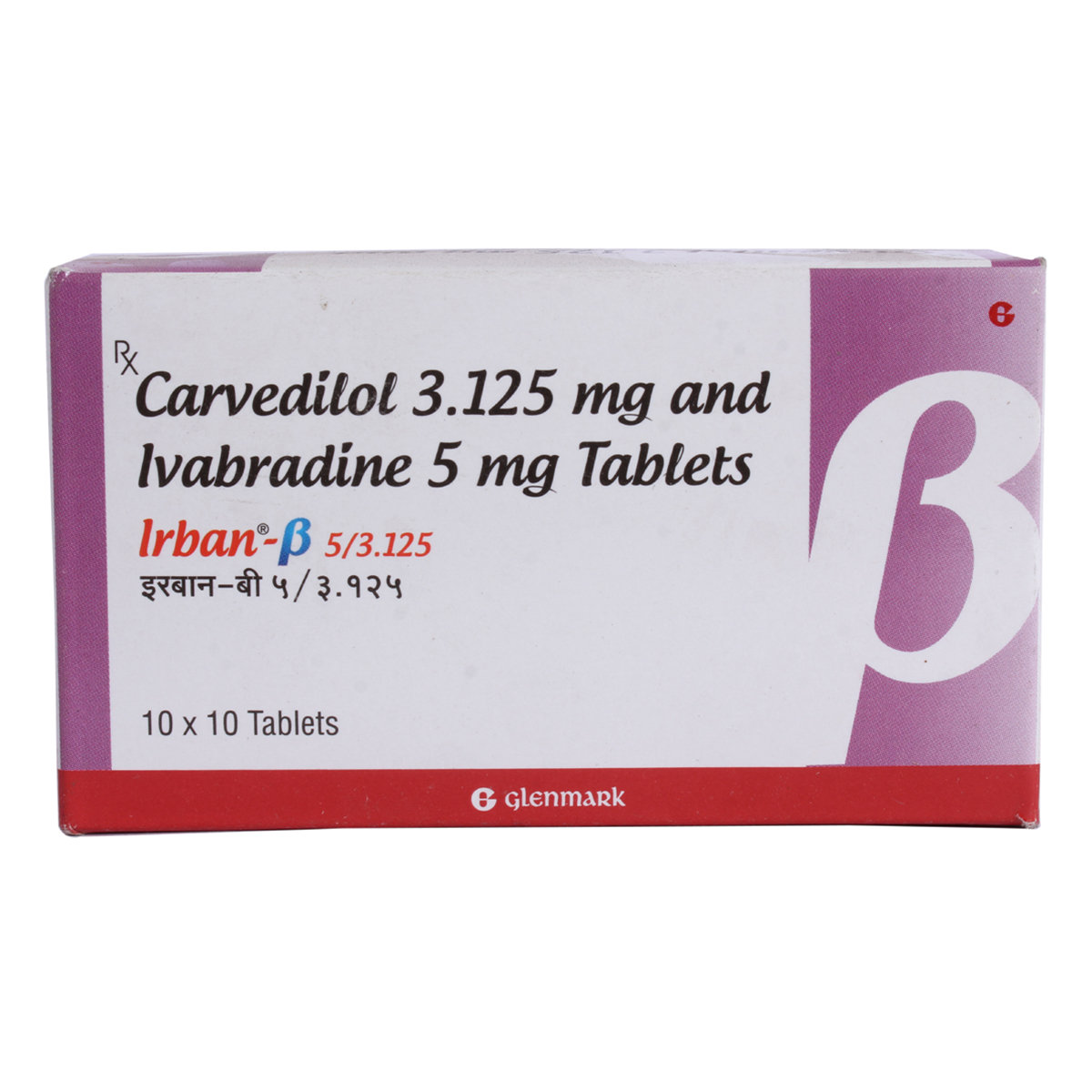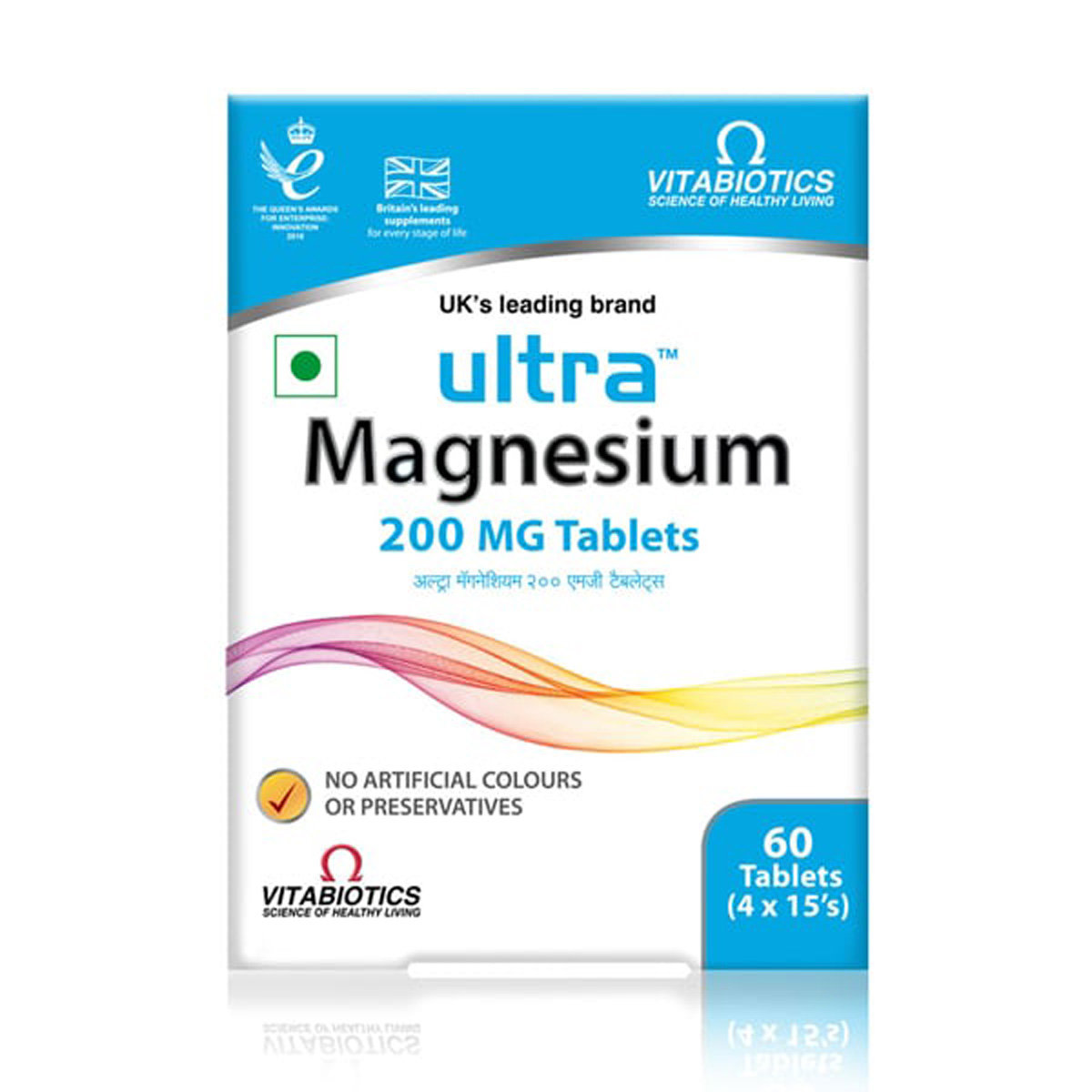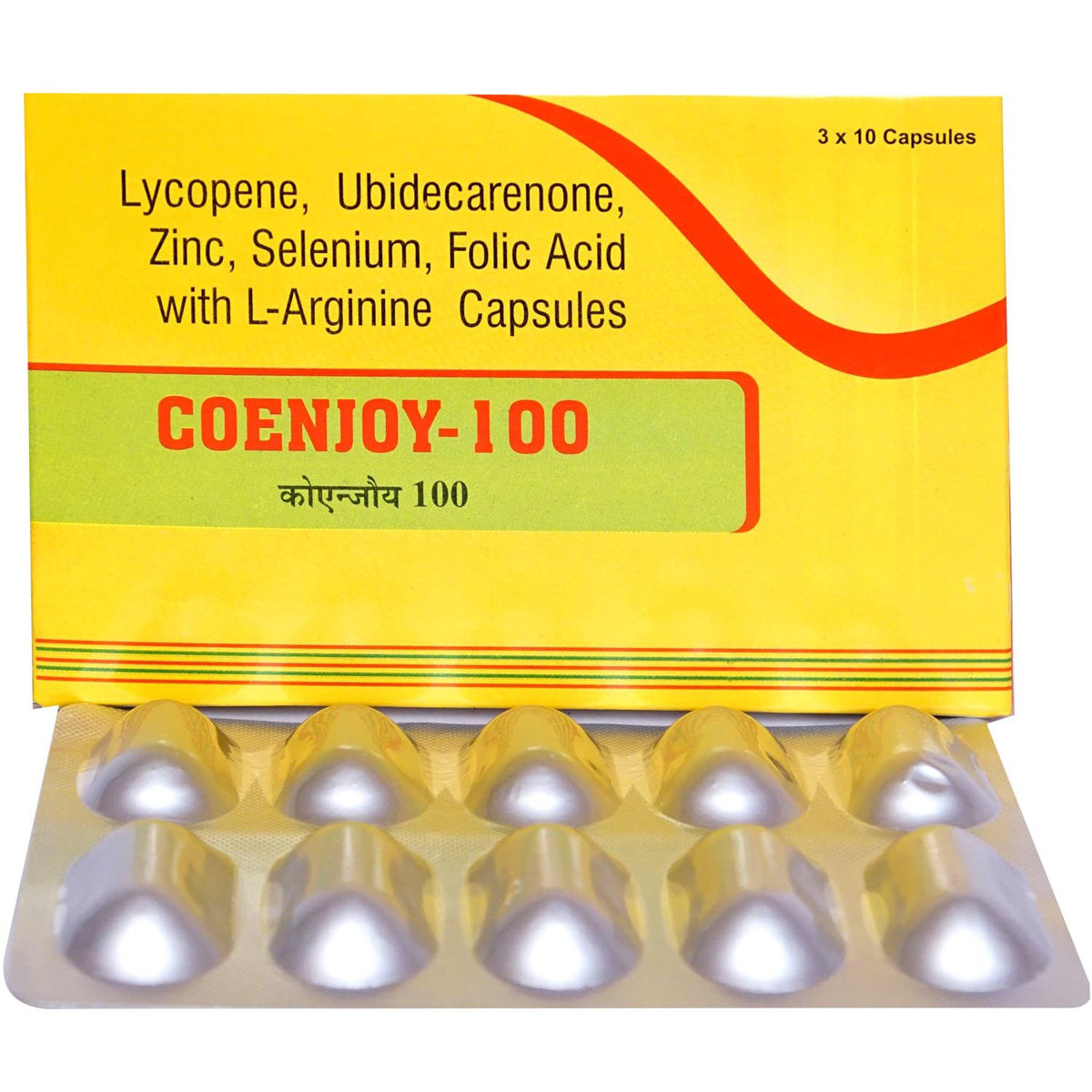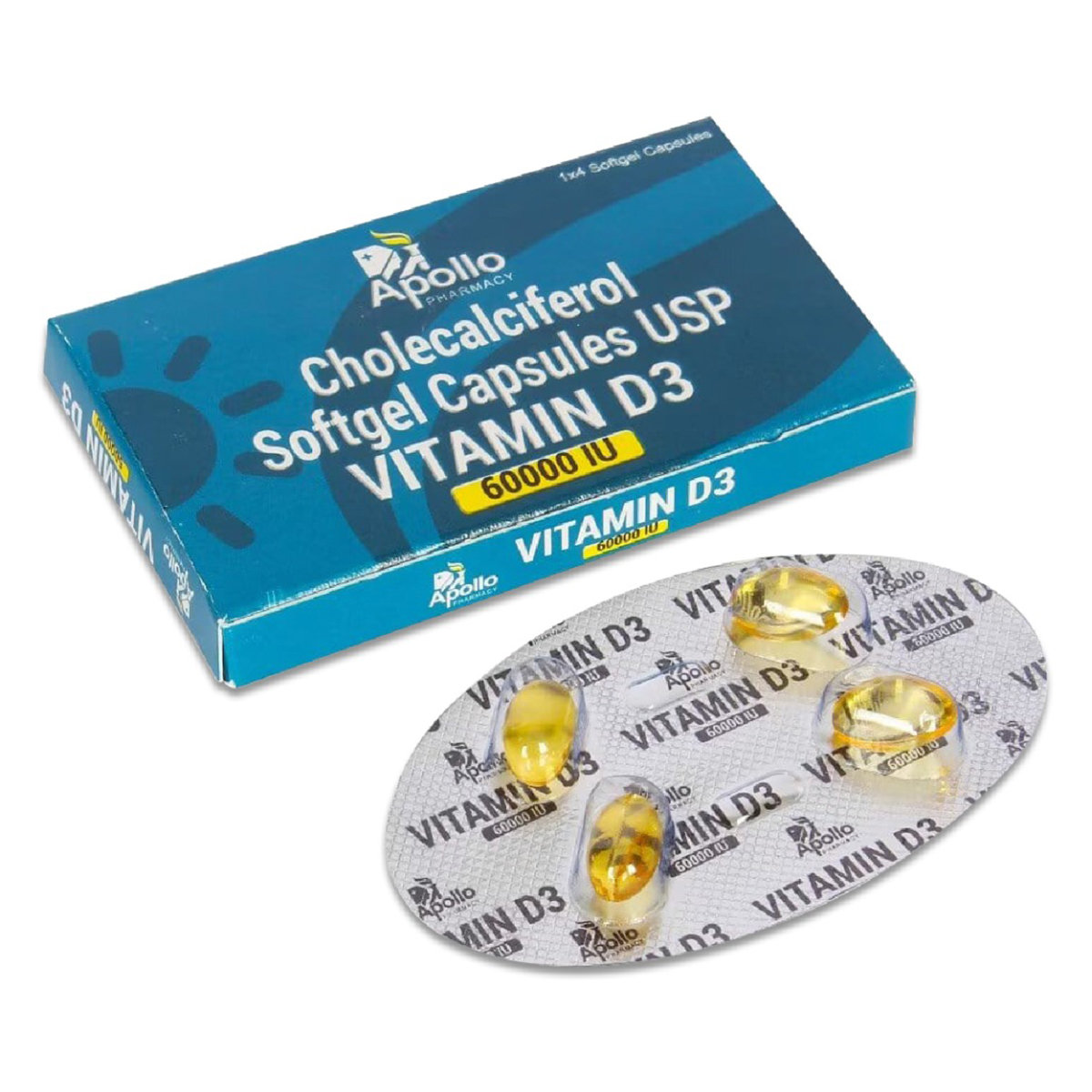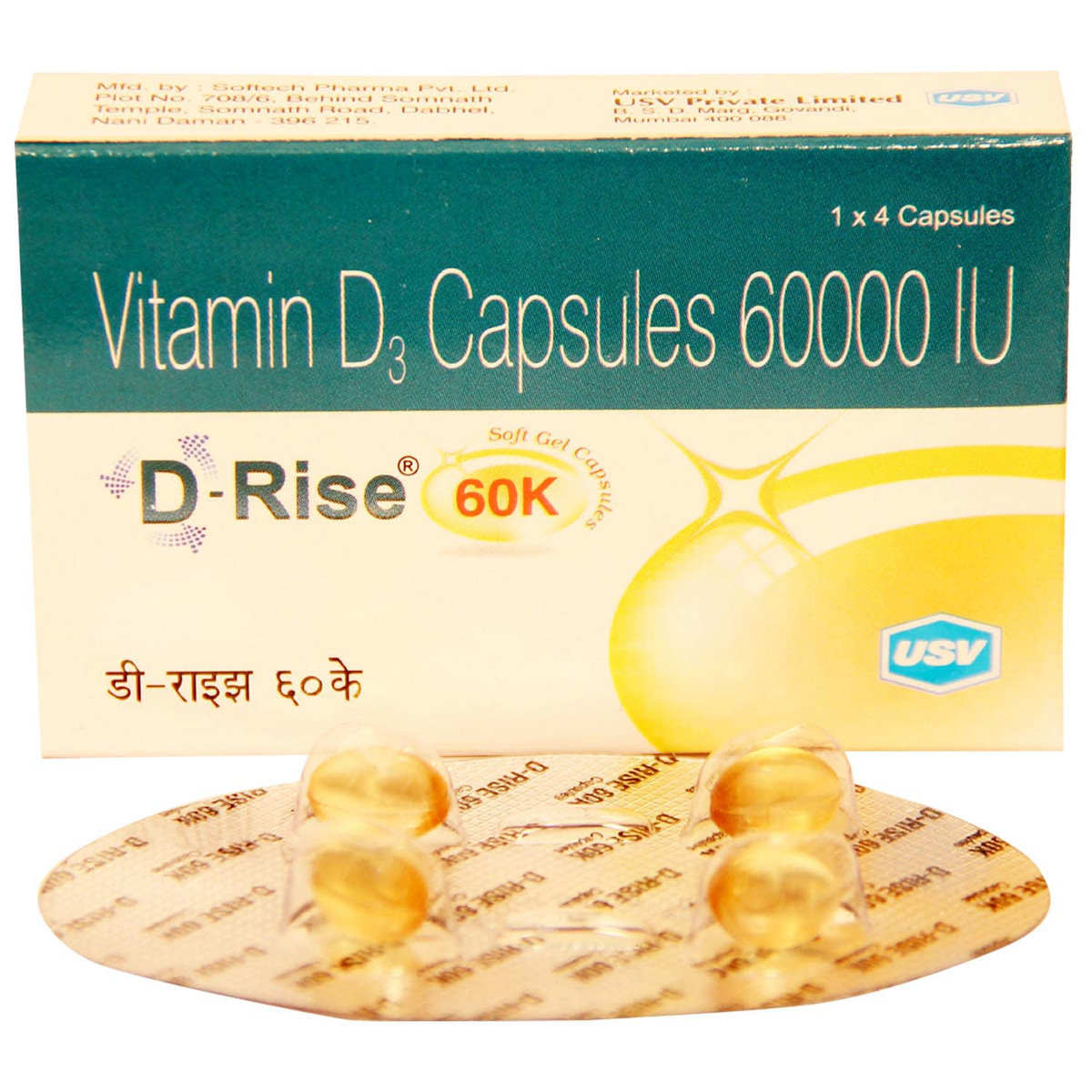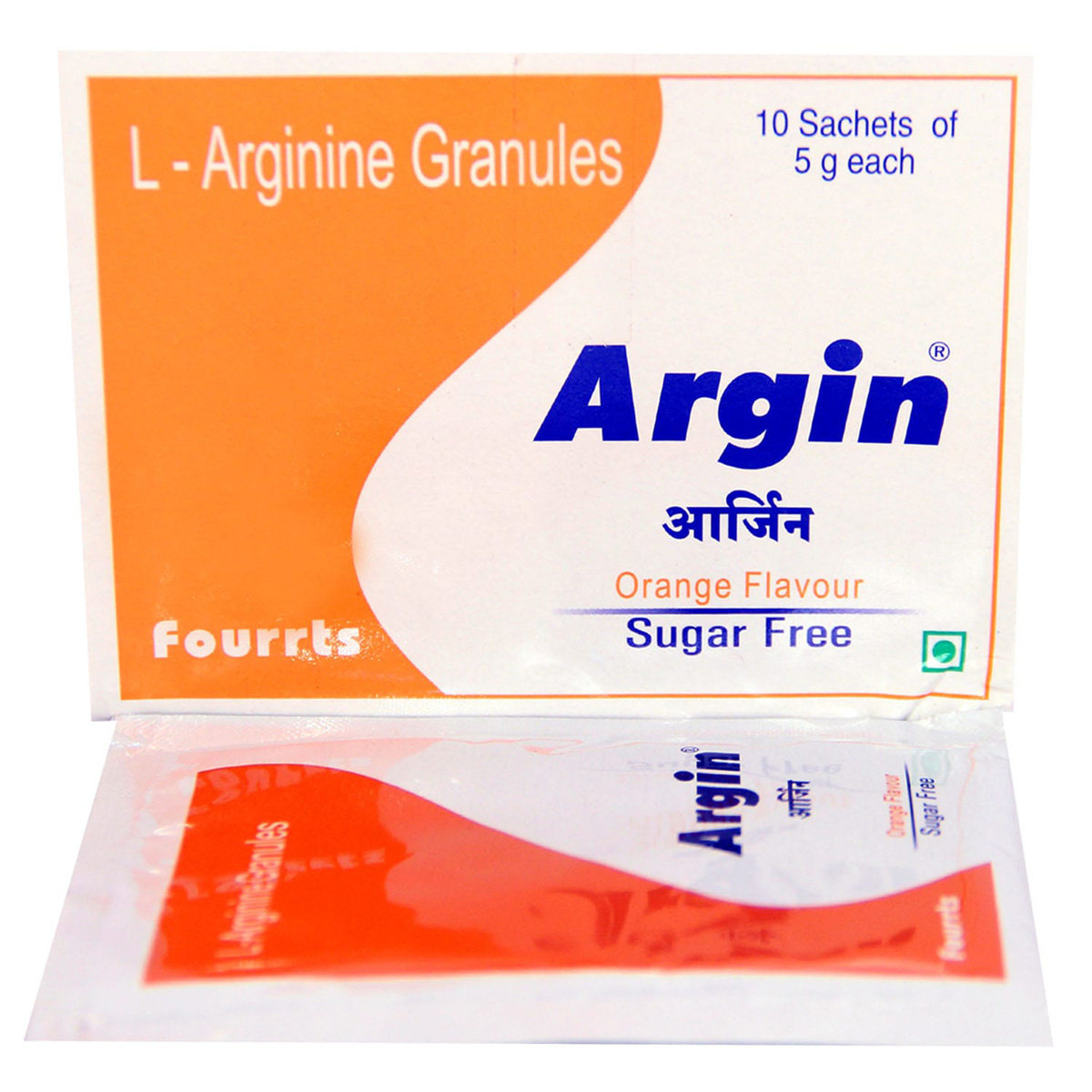Ivabrad C 3.125 Tablet
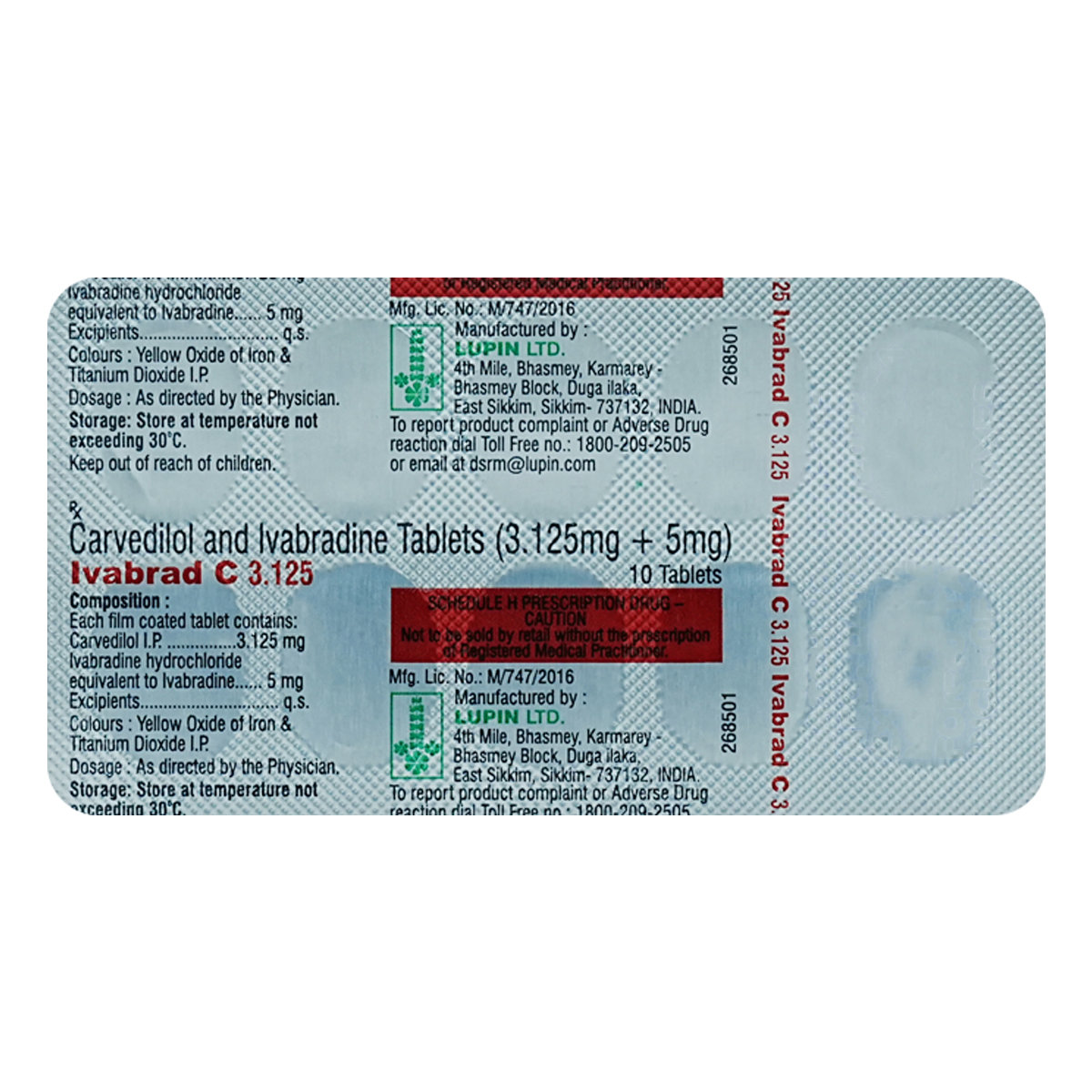
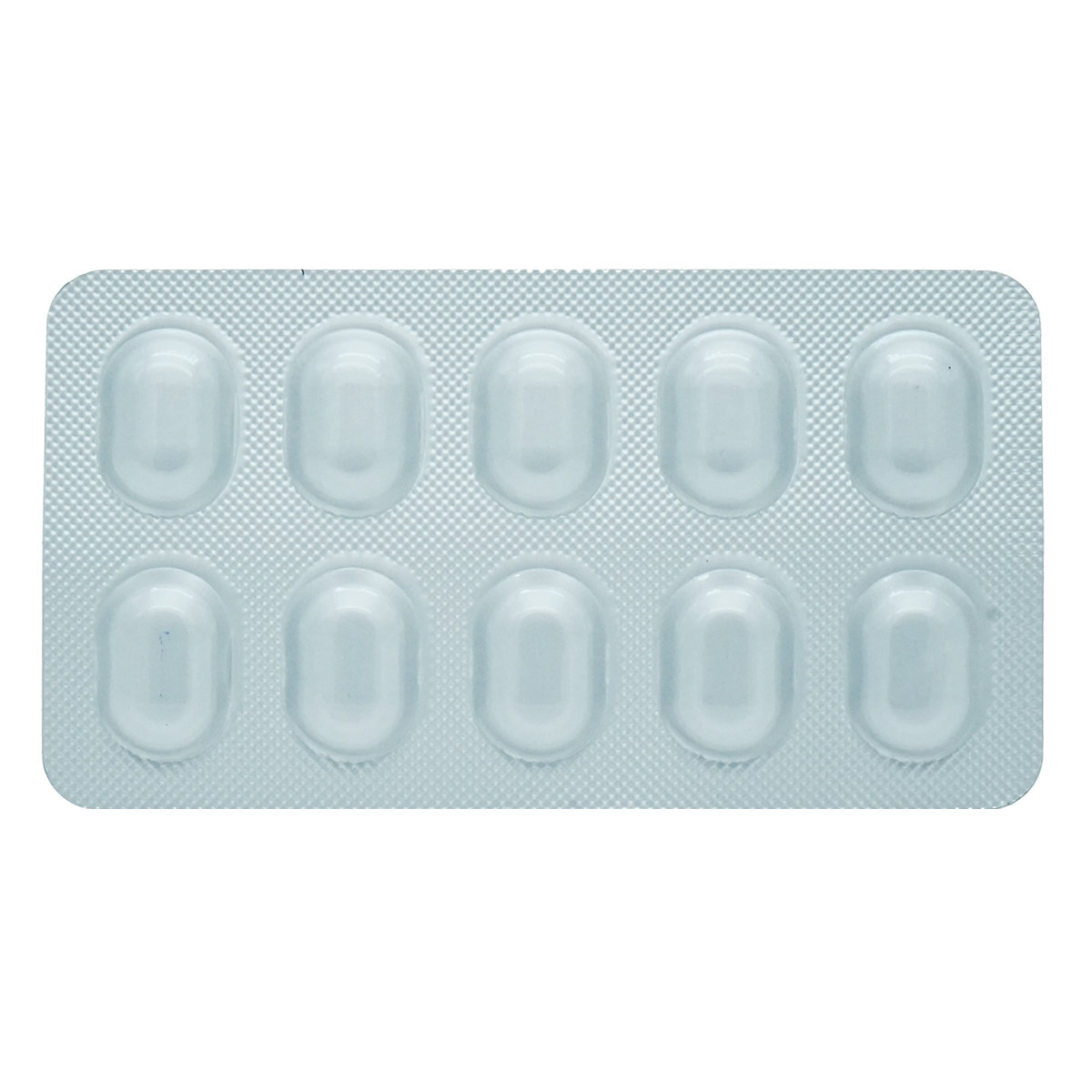
MRP ₹263.5
(Inclusive of all Taxes)
₹39.5 Cashback (15%)
know your delivery time
Provide Delivery Location
Composition :
Manufacturer/Marketer :
Consume Type :
Expires on or after :
Return Policy :

Secure Payment

Trusted by 8 Crore Indians

Genuine Products
Therapeutic Class
Country of origin
Manufacturer/Marketer address
Author Details
We provide you with authentic, trustworthy and relevant information
Disclaimer
Alcohol
Safe if prescribed
Avoid consumption of alcohol with Ivabrad C 3.125 Tablet as it may increase the risk of low blood pressure and cause adverse effects such as dizziness, fainting, light-headedness or headache.
Pregnancy
Consult your doctor
If you are pregnant or planning pregnancy, inform your doctor before taking Ivabrad C 3.125 Tablet . Your doctor may prescribe this medicine if the benefits outweigh the risks.
Breast Feeding
Consult your doctor
Ivabrad C 3.125 Tablet is not recommended for use in breastfeeding as it may pass into breast milk and harm your infant. Hence, if you are breastfeeding, inform your doctor before taking Ivabrad C 3.125 Tablet . Your doctor may suggest you to stop feeding while on treatment with this medicine.
Driving
Safe if prescribed
Ivabrad C 3.125 Tablet may cause dizziness or tiredness in some people. Therefore, avoid driving if you feel dizzy or tired after taking Ivabrad C 3.125 Tablet .
Liver
Consult your doctor
If you have a pre-existing or a history of liver disease, inform your doctor before taking Ivabrad C 3.125 Tablet . Your doctor may adjust the dose of this medicine or prescribe a suitable alternative based on your condition.
Kidney
Consult your doctor
If you have a pre-existing or a history of kidney disease, inform your doctor before taking Ivabrad C 3.125 Tablet . Your doctor may adjust the dose of this medicine or prescribe a suitable alternative based on your condition.
Children
Safe if prescribed
Ivabrad C 3.125 Tablet is not recommended for use in children and adolescents below 18 years as the safety and effectiveness are not established.
Product Substitutes
About Ivabrad C 3.125 Tablet
Ivabrad C 3.125 Tablet belongs to a group of antihypertensive medicines used to treat hypertension (high blood pressure). It is also effective in treating moderate to severe heart failure and angina (heart-related chest pain), thereby reducing the risk of heart attack or stroke in adults. High blood pressure is a condition in which the force of blood against the artery walls is very high. It will be an addition to the workload of the heart and arteries. If it continues for a long time, the heart and arteries may not function properly and damage the heart, brain, and kidneys' blood vessels, resulting in heart failure, stroke, or kidney failure.
Ivabrad C 3.125 Tablet contains Carvedilol and Ivabradine combination. Carvedilol acts by relaxing blood vessels by blocking the action of certain natural substances like epinephrine or adrenaline. Ivabradine works by reducing the heart rate by a few beats per minute. In this way, it lowers the heart's requirement for oxygen, especially in situations where an angina attack can happen. Thus, it lowers the raised blood pressure and keeps the heartbeat slowly reducing with less force, reducing the risk of having a stroke, a heart attack, or other heart problems.
Ivabrad C 3.125 Tablet should be taken as prescribed. The dose of the medicine will be decided by your doctor based on your medical condition. In some cases, Ivabrad C 3.125 Tablet may cause certain side effects such as diarrhoea, headache, weight gain, slow heartbeat, dry eyes, tiredness, dizziness, or low blood pressure. Most of these side effects do not require medical attention and gradually resolve over time. However, if the side effects persist, please consult your doctor.
Ivabrad C 3.125 Tablet should be avoided if allergic to it. If you are pregnant or breastfeeding, please inform your doctor before taking this medicine. Avoid taking Ivabrad C 3.125 Tablet if you have bronchitis, asthma, emphysema (a lung condition causing shortness of breath), severe liver disease, heart block, slow heart rate, or sick sinus syndrome (abnormal heart rhythms caused by malfunction of the heart’s natural pacemaker). Ivabrad C 3.125 Tablet is not recommended for children below 18 years of age. Inform your doctor if you have diabetes, coronary artery disease, fluid retention, thyroid disorder, angina (chest pain), kidney disease, slow heartbeats, Raynaud’s syndrome (a circulatory problem), or pheochromocytoma (tumor in the adrenal glands), or undergoing any surgery.
Uses of Ivabrad C 3.125 Tablet
Medicinal Benefits Mweb
Key Benefits
Ivabrad C 3.125 Tablet contains Carvedilol in the controlled release form and Ivabradine. Carvedilol plays a vital role in relaxing blood vessels by blocking the action of certain natural substances in your body. Thus, it lowers blood pressure and reduces the risk of having a stroke, a heart attack or other heart problems. Ivabradine works by reducing the heart rate by a few beats per minute. In this way, it lowers the heart's requirement for oxygen, especially in situations where an angina attack can happen.
Directions for Use
Side Effects of Ivabrad C 3.125 Tablet
- Diarrhoea
- Headache
- Weight gain
- Slow heartbeat
- Dry eyes
- Tiredness
- Dizziness
- Low blood pressure
Drug Warnings
If you are allergic to Ivabrad C 3.125 Tablet or any other medicines, please tell your doctor. Ivabrad C 3.125 Tablet is not recommended for children below 18 years of age. If you are pregnant or breastfeeding, please inform your doctor before taking Ivabrad C 3.125 Tablet . If you are about to undergo any surgery, you are advised to inform your doctor that you are taking Ivabrad C 3.125 Tablet . Avoid taking Ivabrad C 3.125 Tablet if you have bronchitis, asthma, emphysema (a lung condition causing shortness of breath), severe liver disease, heart block, slow heart rate, or sick sinus syndrome (abnormal heart rhythms caused by malfunction of the heart’s natural pacemaker). If you have diabetes, coronary artery disease, fluid retention, thyroid disorder, angina (chest pain), kidney disease, slow heartbeats, Raynaud’s syndrome (a circulatory problem), or pheochromocytoma (tumor in the adrenal glands), inform your doctor before taking Ivabrad C 3.125 Tablet .
Drug-Drug Interactions
Drug-Drug Interactions
Login/Sign Up
Coadministration of Ivabrad C 3.125 Tablet with Imatinib can increase the levels of Ivabrad C 3.125 Tablet in the body. This increases the risk or severity of side effects.
How to manage the interaction:
Taking Ivabrad C 3.125 Tablet with Bosutinib together is generally avoided as it can result in an interaction, it can be taken if your doctor has advised it. However, contact a doctor immediately if you experience sudden dizziness, lightheadedness, fainting, shortness of breath, chest pain or tightness, rapid heartbeat, or memory loss. Do not discontinue any medications without consulting a doctor.
Using Ivabrad C 3.125 Tablet together with voriconazole may significantly increase the blood levels and effects of Ivabrad C 3.125 Tablet.
How to manage the interaction:
Taking Ivabrad C 3.125 Tablet with Voriconazole together is generally avoided as it can result in an interaction, it can be taken if a doctor has advised it. However, contact a doctor immediately if you experience dizziness, shortness of breath, rapid heartbeat. Do not discontinue any medications without consulting a doctor.
Coadministration of Ivabrad C 3.125 Tablet with Ketoconazole can increase the risk or severity of side effects.
How to manage the interaction:
Taking Ivabrad C 3.125 Tablet with Ketoconazole is not recommended as it can result in an interaction, it can be taken if a doctor has advised it. However, if you experience sudden dizziness, lightheadedness, fainting, shortness of breath, chest pain or tightness, rapid heartbeat, or memory loss, contact a doctor immediately. Do not discontinue any medications without consulting a doctor.
Using Ivabrad C 3.125 Tablet together with posaconazole may significantly increase the blood levels and effects of Ivabrad C 3.125 Tablet.
How to manage the interaction:
Taking Ivabrad C 3.125 Tablet with Posaconazole together is generally not recommended as it can result in an interaction, it can be taken if a doctor has advised it. However, contact a doctor immediately if you experience sudden dizziness, lightheadedness, fainting, shortness of breath, chest pain or tightness, rapid heartbeat, or memory loss. Do not discontinue any medications without consulting a doctor.
Coadministration of Ivabrad C 3.125 Tablet with ceritinib can increase the levels and effects of Ivabrad C 3.125 Tablet.
How to manage the interaction:
Taking Ivabrad C 3.125 Tablet with Ceritinib together can result in an interaction, it can be taken if your doctor has advised it. However, if you experience any unusual symptoms contact your doctor immediately. Do not stop using any medications without talking to a doctor.
Coadministration of thioridazine with Ivabrad C 3.125 Tablet can increase the risk of low blood pressure especially when standing up.
How to manage the interaction:
Taking Thioridazine with Ivabrad C 3.125 Tablet is not recommended, but can be taken together if prescribed by a doctor. However, consult a doctor if you experience any excessive sweating, palpitations, chest discomfort, or shortness of breath. Do not discontinue any medication without consulting a doctor.
Coadministration of Ivabrad C 3.125 Tablet with Doxepin can increase the risk or severity of irregular heart rhythms. The risk increases in patients with a history of heart illness or electrolyte imbalance.
How to manage the interaction:
Taking Ivabrad C 3.125 Tablet with Doxepin together can result in an interaction, it can be taken if your doctor has advised it. However, if you experience sudden dizziness, lightheadedness, fainting, shortness of breath, chest pain or tightness, rapid heartbeat, or memory loss, contact a doctor immediately. Do not discontinue any medications without consulting a doctor.
Coadministration of Ivabrad C 3.125 Tablet with Escitalopram can increase the risk or severity of irregular heart rhythms.
How to manage the interaction:
Taking Ivabrad C 3.125 Tablet with Escitalopram together can result in an interaction, it can be taken if your doctor has advised it. However, contact a doctor immediately if you experience sudden dizziness, lightheadedness, fainting, shortness of breath, chest pain or tightness, rapid heartbeat. Do not discontinue any medications without consulting a doctor.
Coadministration of Ivabrad C 3.125 Tablet with Norfloxacin can increase the risk or severity of irregular heart rhythms.
How to manage the interaction:
Taking Ivabrad C 3.125 Tablet with Norfloxacin together can result in an interaction, it can be taken if your doctor has advised it. However, contact a doctor immediately if you experience sudden dizziness, lightheadedness, fainting, shortness of breath, chest pain or tightness, rapid heartbeat, or memory loss. Do not discontinue any medications without consulting a doctor.
Coadministration of Ivabrad C 3.125 Tablet with Pazopanib can increase the risk or severity of irregular heart rhythms.
How to manage the interaction:
Taking Ivabrad C 3.125 Tablet with Pazopanib together can result in an interaction, it can be taken if your doctor has advised it. However, contact a doctor immediately if you experience sudden dizziness, lightheadedness, fainting, shortness of breath, chest pain or tightness, rapid heartbeat, or memory loss. Do not discontinue any medications without consulting a doctor.
Drug-Food Interactions
Drug-Food Interactions
Login/Sign Up
Drug-Diseases Interactions
Drug-Diseases Interactions
Login/Sign Up
Drug-Drug Interactions Checker List
- ASPIRIN
- AMLODIPINE
- FUROSEMIDE
- LEVOTHYROXINE
- HYDROCHLOROTHIAZIDE
- LORAZEPAM
- DULOXETINE
- PREGABALIN
Habit Forming
Special Advise
- Monitor your blood pressure regularly, and if you notice any fluctuations, please consult a doctor.
- A low salt diet and regular exercise are recommended along with Ivabrad C 3.125 Tablet for effective results.
Diet & Lifestyle Advise
- Maintain a low salt diet and minimize eating processed foods as they contain more sodium. Try to replace salt with spices or herbs to add flavor to the food.
- Do regular exercise such as cycling, walking, jogging, dancing, or swimming for a minimum of 30 minutes per day.
- Chronic stress may also cause high blood pressure. Therefore, avoid stress by changing your expectations and the way you react in certain situations, and do activities that you enjoy by making time for yourself.
- Maintain a diet that is rich in fruits, vegetables, whole grains, and low-fat dairy products.
- Try to include heart-healthy omega-3 fatty acid-containing foods in your daily diet. You can also use low-fat cooking oil like olive oil, soybean oil, canola oil, and coconut oil, which may help in lowering high blood pressure.
- Quit smoking and avoid the consumption of alcohol.
All Substitutes & Brand Comparisons
RX
Out of StockIvabid CV 3.125 mg/5 mg Tablet 14's
Abbott India Ltd
₹269
(₹17.29 per unit)
27% CHEAPERRX
Out of StockIrban Beta 5/3.125 mg Tablet 10's
Glenmark Pharmaceuticals Ltd
₹210
(₹18.9 per unit)
20% CHEAPERRX
Out of StockCardivas IN 3.125 mg/5 mg Tablet 10's
Sun Pharmaceutical Industries Ltd
₹215
(₹19.35 per unit)
18% CHEAPER

Have a query?
Buy best Cardiology products by
Torrent Pharmaceuticals Ltd
Sun Pharmaceutical Industries Ltd
Lupin Ltd
Intas Pharmaceuticals Ltd
Cipla Ltd
Micro Labs Ltd
Macleods Pharmaceuticals Ltd
Abbott India Ltd
Ajanta Pharma Ltd
Ipca Laboratories Ltd
Eris Life Sciences Ltd
Mankind Pharma Pvt Ltd
Lloyd Healthcare Pvt Ltd
Dr Reddy's Laboratories Ltd
Glenmark Pharmaceuticals Ltd
Emcure Pharmaceuticals Ltd
Alembic Pharmaceuticals Ltd
Alkem Laboratories Ltd
East West Pharma India Pvt Ltd
USV Pvt Ltd
Zydus Healthcare Ltd
Aristo Pharmaceuticals Pvt Ltd
Elbrit Life Sciences Pvt Ltd
J B Chemicals & Pharmaceuticals Ltd
Zydus Cadila
Akumentis Healthcare Ltd
Alteus Biogenics Pvt Ltd
Hbc Life Sciences Pvt Ltd
Fusion Health Care Pvt Ltd
Troikaa Pharmaceuticals Ltd
La Renon Healthcare Pvt Ltd
Corona Remedies Pvt Ltd
Jubilant Lifesciences Ltd
Medley Pharmaceuticals Ltd
Knoll Healthcare Pvt Ltd
Msn Laboratories Pvt Ltd
Zuventus Healthcare Ltd
Cadila Pharmaceuticals Ltd
Blue Cross Laboratories Pvt Ltd
Lividus Pharmaceuticals Pvt Ltd
Morepen Laboratories Ltd
Ranmarc Labs
Shrrishti Health Care Products Pvt Ltd
Sanofi India Ltd
Steris Healthcare
Elder Pharmaceuticals Ltd
Primus Remedies Pvt Ltd
Unison Pharmaceuticals Pvt Ltd
Eswar Therapeutics Pvt Ltd
Knoll Pharmaceuticals Ltd
Tas Med India Pvt Ltd
Systopic Laboratories Pvt Ltd
Indiabulls Pharmaceuticals Pvt Ltd
Leeford Healthcare Ltd
Sinsan Pharmaceuticals Pvt Ltd
Biochem Pharmaceutical Industries Ltd
Cadila Healthcare Ltd
Azkka Pharmaceuticals Pvt Ltd
Nirvana India Pvt Ltd
Orsim Pharma
Prevego Healthcare & Research Pvt Ltd
Econ Healthcare
Elinor Pharmaceuticals (P) Ltd
FDC Ltd
Sunij Pharma Pvt Ltd
Nicholas Piramal India Ltd
Astra Zeneca Pharma India Ltd
Pfizer Ltd
Lia Life Sciences Pvt Ltd
Shine Pharmaceuticals Ltd
Elicad Pharmaceuticals Pvt Ltd
Indoco Remedies Ltd
Proqol Health Care Pvt Ltd
Vasu Organics Pvt Ltd
Biocon Ltd
Opsis Care Lifesciences Pvt Ltd
Johnlee Pharmaceuticals Pvt Ltd
Merck Ltd
Wockhardt Ltd
Auspharma Pvt Ltd
Ergos Life Sciences Pvt Ltd
Lakshya Life Sciences Pvt Ltd
Ordain Health Care Global Pvt Ltd
Pficus De Med Pvt Ltd
ALICAN PHARMACEUTICAL PVT LTD
RPG Life Sciences Ltd
Glynis Pharmaceuticals Pvt Ltd
Orris Pharmaceuticals
Samarth Life Sciences Pvt Ltd
Aprica Pharmaceuticals Pvt Ltd
Aretaeus Pharmaceuticals Pvt Ltd
Koye Pharmaceuticals Pvt Ltd
Neocardiab Care
Retra Life Science Pvt Ltd
Alniche Life Sciences Pvt Ltd
Alvio Pharmaceuticals Pvt Ltd
Arkas Pharma Pvt Ltd
Atos Lifesciences Pvt Ltd
Divine Savior Pvt Ltd
Metalis Lifesciences Pvt Ltd
Frequently Bought Together
Recommended for a 30-day course: 4 Strips

.jpg?tr=q-85)


